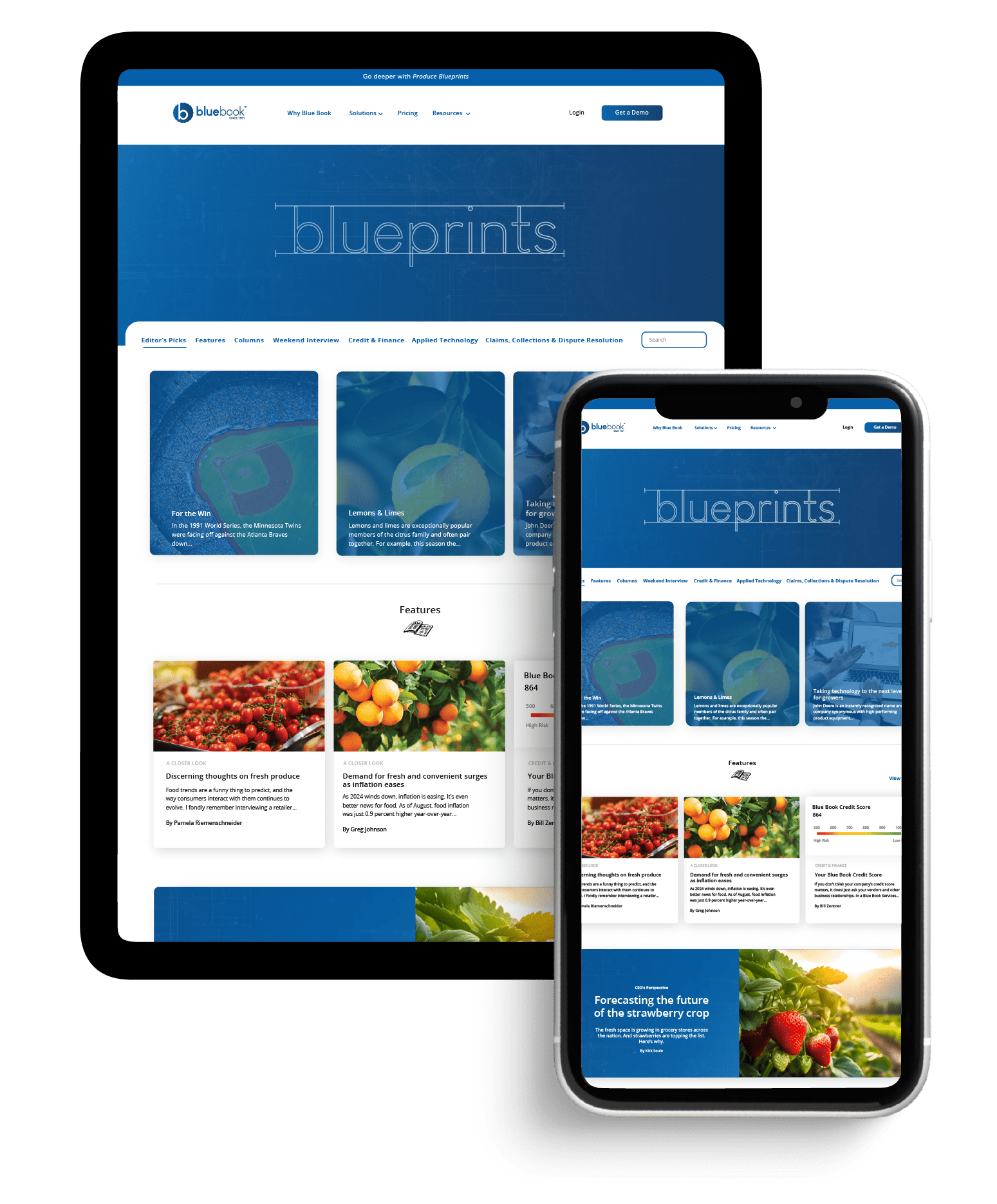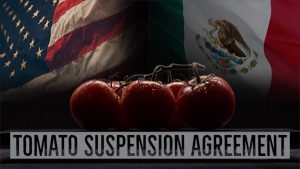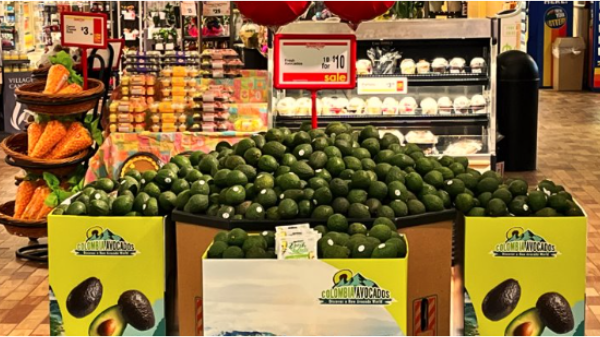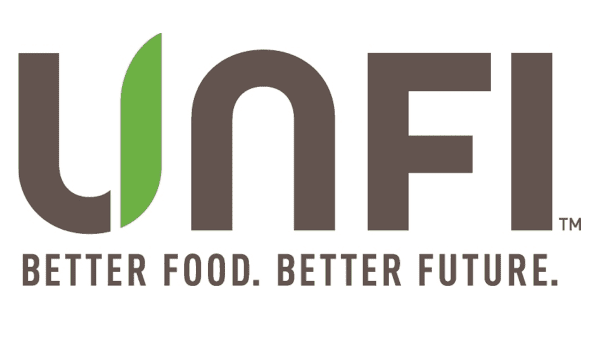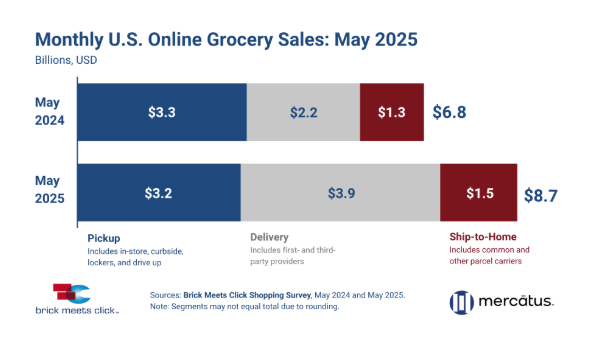You probably have one of these. I certainly do.
The most common example is the Swiss Army knife. It has all sorts of blades—files, bottle openers, screwdrivers, awls—that enable you to do many different tasks.
But it does not enable you to do any of these things particularly well. Even if you need a knife, chances are this contraption will not be the first thing you reach for.
In short, multiuse objects are usually inferior to tools that are designed for a single purpose.
These thoughts are inspired by the sortie of Amazon Fresh BB #:283186 into retail grocery. It is a hybrid—half conventional retailer, half warehouse for online shopping. Whether it fills the second function adequately is hard to assess from the outside, but as a retail grocery, it seems awfully perfunctory.
A recent market basket analysis in Supermarket News showed that Amazon Fresh is not seeking to compete directly with low-price leaders Aldi and Walmart. “Instead Amazon Fresh is positioning itself to steal customers and sales mainly from conventional high/low grocers.”
This conclusion is supported by the fact that Amazon Fresh prices fell about midway between those of Walmart and conventional retailer Jewel Osco.
My visits to Amazon Fresh give me the strong impression that its retail wing is an afterthought, an add-on thrown out without understanding of what makes a brick-and-mortar grocery. Think about it: Amazon amassed its empire by undermining retailers in many sectors. It is not likely to have much retail genius in its corporate brain.
My most recent visit was to an Amazon Fresh in Schaumburg, IL, in western Chicagoland. My wife, Nicole, and I dropped in to gather our collective impressions.
First of all, the employees are extremely nice. In the produce section, I asked one worker if the store carried Envy apples. He said that they didn’t, but that Meijer did. Or rather that they had Pazazz apples, which he insisted were more or less the same (I have not tasted either variety). He said they were delicious and that he bought them himself. Then he put his finger to his lips, prompting us to assure him of our continued discretion.
The prices of the produce we bought did not come across as bargains: $1.79 each for small Hass avocados; a 3-pound bag of yellow onions at $1.79; garlic at $3.99 a pound; a miniseedless watermelon for $4.99. The only item we bought that seemed to be at a good price was wild-caught Dover sole, at $9.99 a pound.

Unlike many shoppers, we didn’t feel oppressed by the omnipresent clerks filling online orders. In fact, it was helpful to have so many employees at hand if we needed to be directed to something. And as I said, they were all very nice.
Another reason we didn’t find the presence of these clerks irritating: the almost total absence of retail shoppers. Only once in my life have I seen fewer customers in a retail supermarket: at a Dominick’s in Carol Stream, IL, in the couple of months before it closed.
Granted, the Schaumburg store has only been open for slightly over six months, so it may still need some time to establish a clientele. But I suspect that a typical supermarket has many more customers than that six months into its lifespan.
Neither my wife nor I plan to make Amazon Fresh part of our regular shopping experience (actually, my real motive for going was to pick up some face cleanser at a nearby Kiehl’s), and I strongly suspect that there are many shoppers like us out there.
Of course, I am talking about Amazon Fresh as a brick-and-mortar retail store. When it comes to online shopping, the conclusion might be quite different.


